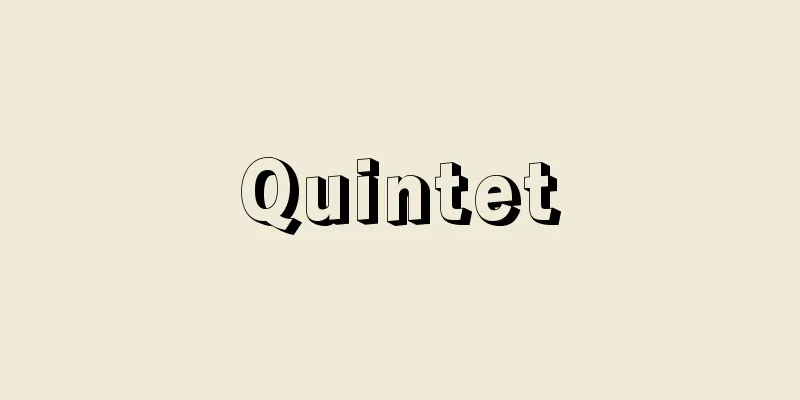bolas

|
...In Japan, spindle-shaped clay projectiles have been excavated from Yayoi period ruins in western Japan. Other weapons and hunting tools for projectiles include bolas, which are made by tying two or more stones together with a string and throwing them to entangle the feet of animals. These are found in the Paleolithic period in Africa, Europe, and China, as well as in the examples of ethnic groups in the far north (Eskimo) and Patagonia in South America. The character 'dan' originally referred to a bullet fired from a bow, and projectile bows are known from examples of ethnic groups in ancient China and India, and are also found in the Shosoin treasures. ... *Some of the terminology explanations that mention "bolas" are listed below. Source | Heibonsha World Encyclopedia 2nd Edition | Information |
|
…日本では西日本の弥生時代遺跡から,紡錘形の土製投弾の出土例がある。ほかに弾を投ずる武器・狩猟具としては,2個から数個の石を紐で結びあわせたものを投じ,獣の足などにからませるボーラbolasがあり,アフリカ,ヨーロッパ,中国の旧石器時代に,また極北(エスキモー),南アメリカのパタゴニアの民族例にある。なお〈弾〉の字はもともと弓で発射する弾をさし,弾弓は古代中国やインドの民族例に知られ,また正倉院宝物にもある。… ※「bolas」について言及している用語解説の一部を掲載しています。 出典|株式会社平凡社世界大百科事典 第2版について | 情報 |
<<: Bolbitis appendiculata (English spelling)
>>: bokmål (English spelling) bokmal
Recommend
Thurn und Taxis
This family was in charge of postal services in Ge...
About obligations - About obligations (English)
A philosophical work by the Roman philosopher Cice...
Mitsubishi Bank [Stock] - mitsubishiginko
Founded in 1919, it took over the business of the ...
Hiroichiro Ishihara
Businessman. Born into a farming family on the ou...
Rice - Gyobei
…[Morita Tatsuyoshi] In China, it is written as p...
Big-flowered geranium - Big-flowered geranium
...In botanical terms, it is a general term for t...
White, Pearl (English spelling) WhitePearl
…American serials were linked to newspaper fictio...
Kawatana
…It is located on the north side of Omura Bay, bo...
Innami stone
This stone is mined near Tatsuyama in Iho Town, T...
Xylophone
A general term for a percussion instrument made o...
Offshore Center - Offshore Center
A market that allows freer and more active fund ra...
Old litigation theory - Kyusoshobutsuriron
...There are two theories on the scope of the sub...
Becker, H.
…He was interned during World War I, but returned...
Ukashi
…To keep a fishing net in the required shape unde...
Ezokusaichigo - Ezokusaichigo
... F . iinumae Makino grows in clusters in sligh...









